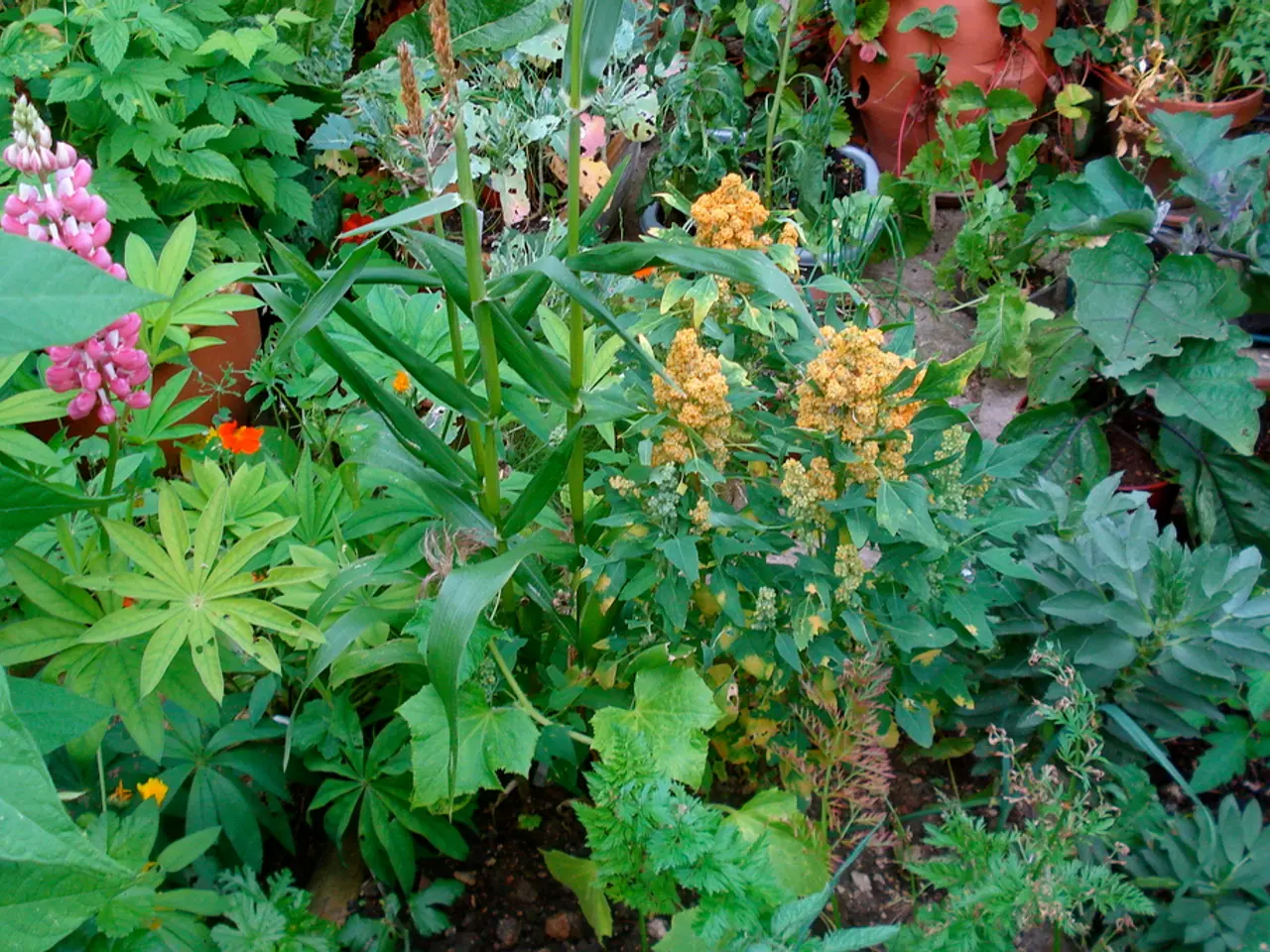Zone 8 Garden Pesky Weeds Removal - Effective Methods for Eradicating Weeds in Zone 8 Gardens
Common Weeds in USDA Plant Hardiness Zone 8 and Organic Control Methods
In USDA Plant Hardiness Zone 8, four common weeds pose a challenge to gardeners and homeowners: Crabgrass, Dandelion, Sowthistle, and Spurge. However, organic methods offer effective solutions to manage these unwanted invaders, focusing on cultural practices, physical removal, and natural products.
Crabgrass A warm-season, annual grassy weed that spreads quickly in lawns and disturbed soils, crabgrass can be managed by maintaining a healthy lawn through regular watering, mowing, dethatching, and fertilizing. If an invasion occurs, digging the plant out by the roots as soon as it appears in spring, or applying cornmeal gluten while the soil is still cold, can control crabgrass.
Dandelion A perennial broadleaf weed known for its deep taproot and yellow flowers, dandelion can be managed by pulling the weeds and removing blooms before the cottony puffballs appear. Additionally, applying corn gluten in early spring may be effective in controlling dandelion.
Sowthistle A broadleaf annual or biennial weed with spiny leaves, related to dandelions, sowthistle can be difficult to control. Organic herbicide options may be necessary, and it's recommended to discuss these options with a local garden center.
Spurge A broadleaf annual weed that thrives in lawns and gardens with its low spreading habit and small seeds, spurge can be pulled from moist soil when young, but the entire long taproot must be removed. Horticultural vinegar can be used for mature spurge plants.
Organic Control Methods for These Weeds
- Cultural Controls:
- Maintain a healthy, dense lawn or garden planting to outcompete weeds.
- Use mulch in garden beds to block weed seed germination.
- Proper watering and fertilization of desired plants increase their competitive advantage.
- Physical Removal:
- Hand-pulling or hoeing weeds early before they set seeds.
- For dandelions and sowthistle, removing the entire root (taproot) is essential to prevent regrowth.
- Cultivation and tillage in gardens to disturb young weed seedlings.
- Organic Herbicides & Natural Products:
- Use corn gluten meal as a pre-emergent to reduce crabgrass seeds sprouting.
- Vinegar (acetic acid) sprays can desiccate young weed seedlings but may need repeated applications and care to avoid damage to desirable plants.
- Boiling water or flaming can be used cautiously on walkways or driveways to kill weeds.
- Organic lawn care products with natural ingredients to selectively improve turf vigor, reducing weed invasion.
- Additional Practices:
- Regular mowing to prevent weed flowering and seed production.
- Composting garden debris off-site to avoid spreading weed seeds.
Zone 8 Specific Notes
Zone 8 climates support a long growing season, which favors rapid weed growth; therefore, persistent management is key. Organic control in zone 8’s climate should emphasize early season prevention since weeds like crabgrass thrive in warm soil. Perennials like dandelion may require repeated root removal or solarization (covering soil with plastic to kill roots) during the hottest months.
For more detailed, species-targeted organic control strategies, local extension services or master gardener programs for zone 8 are excellent resources.
- Incorporating mulch in home-and-garden structures can assist in blocking the germination of common weeds in USDA Plant Hardiness Zone 8, helping to maintain a healthier lifestyle and well-groomed garden.
- When dealing with perennial weeds like dandelions and sowthistle in Zone 8, it's especially important to remove the entire root system during physical removal, as this will help ensure comprehensive control and preserve the desired lifestyle and appearance in home-and-garden areas.




